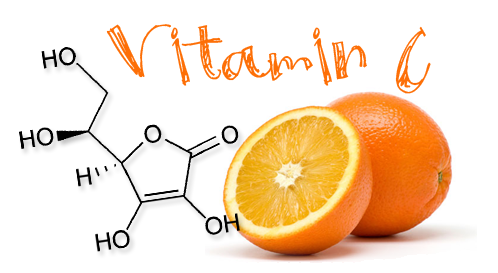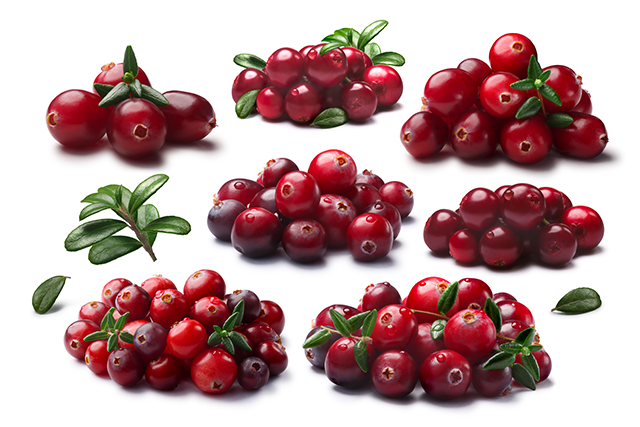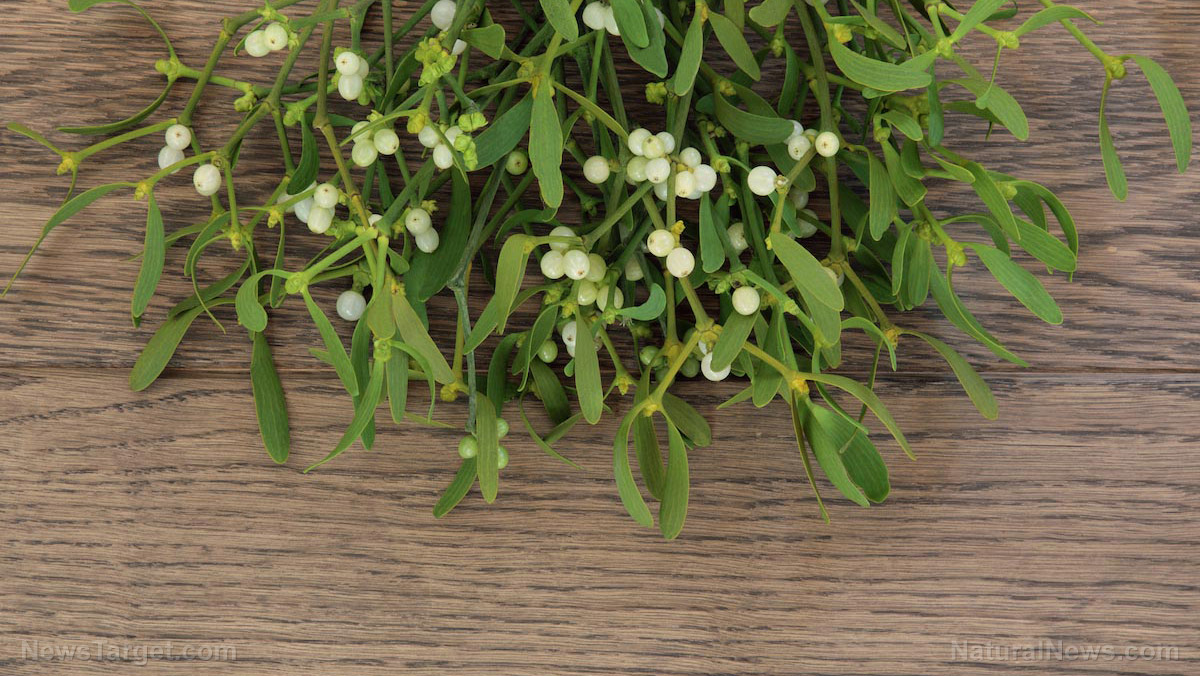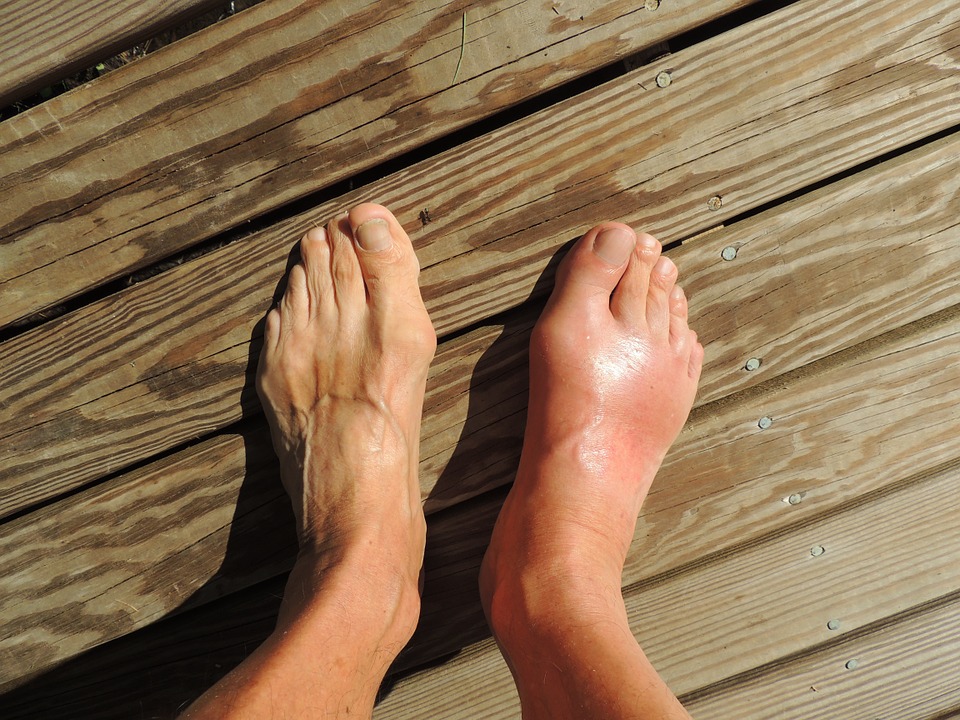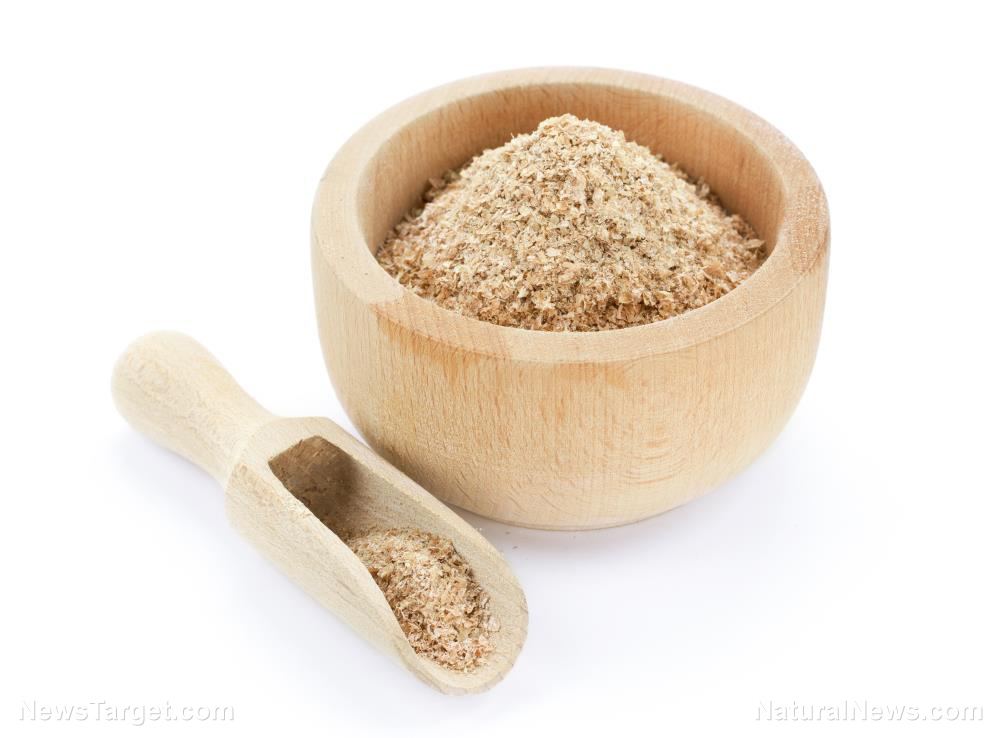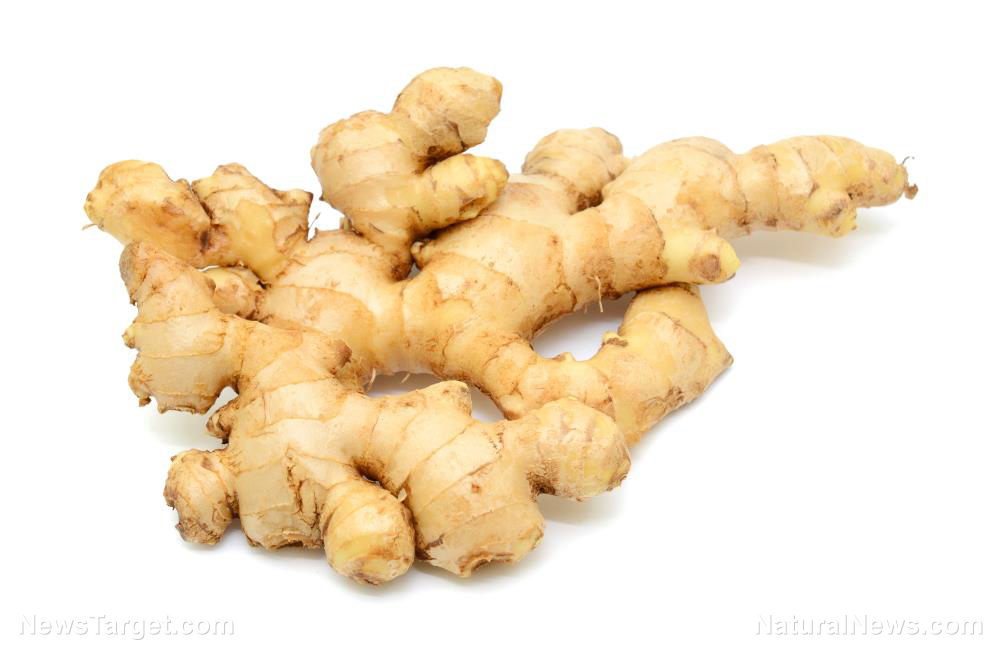A traditional Chinese herb tonic, Sheng Jiang San, found to be capable of treating influenza
09/18/2018 / By Michelle Simmons

Sheng Jiang San is a traditional Chinese herbal tonic that has been used to treat seasonal flu. However, there has been no evidence that proves its efficacy as a flu treatment. Thus, researchers in China recently conducted a study on the anti-influenza activity of Sheng Jiang San.
In the study, which was published in the journal BMC Complementary and Alternative Medicine, the researchers assessed the effects of Sheng Jiang San against influenza in cells and in mice. They examined the effects of Sheng Jiang San against different influenza virus strains on cells, while they employed H1N1 influenza virus on mice.
Then, they administered Sheng Jiang San to the cells. On the other hand, they orally gave mice one gram per kilogram (g/kg) of Sheng Jiang San every day for a week. They monitored the mice for two weeks and measured their survival rate, body weight changes, lung index, lung viral load, histopathologic changes, and immune regulation. They also analyzed how Sheng Jiang San worked against influenza virus through a series of biological assays.
Based on the results, Sheng Jiang San exhibited inhibitory effects on multiple influenza strains on cells in a dose-dependent manner. Moreover, the treatment of Sheng Jiang San on mice also protected them from H1N1 infection.
Unlike the untreated mice, those that were treated with Sheng Jiang San experienced great reductions in their lung index and lung viral load. This suggested that the treatment might work on the virus directly and could reduce lung injury caused by the influenza virus.
The treatment could also improve the survival rate of the mice and help to bring back their normal weight. It also demonstrated anti-influenza activity by inhibiting neuraminidase activity and regulating cytokine expressions. These results confirm the anti-influenza activity of Sheng Jiang San.
Based on the findings of the study, the researchers concluded that Sheng Jiang San can inhibit influenza virus strains and act against the influenza virus.
More on influenza
Influenza, more commonly known as flu, is a contagious respiratory disease caused by influenza viruses. These viruses infect the nose, throat, and in some cases, the lungs. It can be mild to severe and can result in death. A person infected with the influenza virus can experience some or all of the following symptoms:
- Body pain
- Chills
- Cough
- Diarrhea and vomiting
- Fatigue
- Fever
- Headache
- Runny or stuffy nose
- Sore throat
Other herbs that can help treat flu
In addition to Sheng Jiang San, there are other natural remedies for flu treatment. (Related: Natural flu prevention and natural flu treatment – Flu shot alternatives.)
The following are several commonly available medicinal herbs used to treat flu:
- Andrographis: Sometimes referred to as “King of Bitters” or “Indian Echinacea,” this shrub is found throughout Southeast Asia, China, and India. Research has shown that the bitter compounds in Andrographis have immune-stimulating, anti-inflammatory, antiviral, and analgesic activities.
- Boneset: Boneset is one of the most effective remedies that improve the symptoms associated with the flu. It soothes the mucous membranes, relieves body aches and pains, and is a mild laxative. It may be used as a flu treatment in combination with other herbs such as yarrow, elderflowers, cayenne, and ginger.
- Echinacea: This herb, often taken as a tincture, tea, or capsule, is one of most widely known medicinal herb for flu relief. It is also used to fight viral and bacterial infections. Studies have revealed that echinacea is an effective herbal treatment for flu.
- Goldenseal: In traditional medicine, goldenseal root has been used for the treatment of seasonal influenza. It can relieve a sore throat and disorders that affect mucous membranes, such as sinus and lung congestion, swollen lymph glands, and fever.
Read more news stories and studies on traditional Chinese medicines like Sheng Jiang San by going to ChineseMedicine.news.
Sources include:
Tagged Under: alternative medicine, Chinese medicine, Flu, herbal medicine, Herbs, influenza, influenza virus, natural cures, natural healing, natural medicine, natural remedies, outbreak, Sheng Jiang San, TCM, traditional Chinese medicine





